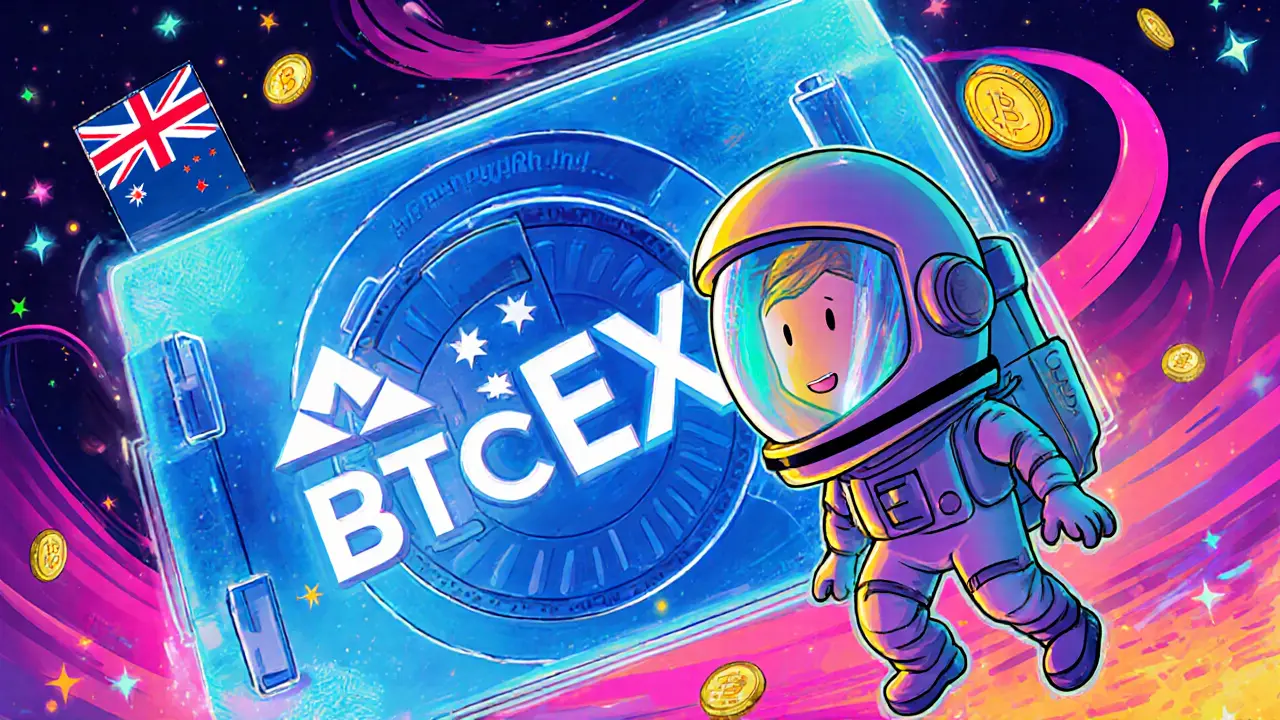Australian Crypto Exchange: Fees, Security, and Regulation
When working with Australian crypto exchange, a regulated platform that lets Australians trade digital assets with AUD pairs and local complianceAussie crypto exchange, you’re dealing with more than just a screen to click buy or sell. It also means navigating exchange fees, the cost structure that includes maker/taker rates, withdrawal charges, and hidden spreads, understanding liquidity, the depth of order books that determines how quickly you can enter or exit a position without slippage, and trusting the security, mechanisms like 2FA, cold storage, and audit trails that protect user funds. All of this sits under the umbrella of regulation, Australia’s AML/CTF laws, ASIC licensing, and the recent MiCA alignment that shape how exchanges operate. In short, an Australian crypto exchange encompasses fee structures, requires strong security, and is shaped by strict regulation, which together influence the liquidity you’ll experience.
Key Factors That Define the Aussie Exchange Landscape
First, fee transparency matters. Platforms that publish a clear maker‑taker schedule let you compare costs side by side, while hidden fees on deposits or withdrawals can eat into profits. Look for exchanges that offer tiered discounts for high‑volume traders; this often signals healthy liquidity pools and a commitment to keeping costs low. Second, security is non‑negotiable. Aussie exchanges must meet ASIC’s custodial standards, but you should also check for independent security audits, bug‑bounty programs, and insurance coverage for assets stored offline. Third, liquidity isn’t just about volume numbers—it’s about how deep the order book is for popular pairs like BTC/AUD or ETH/AUD. High liquidity means lower slippage, faster execution, and more reliable price feeds, which are crucial for both day traders and long‑term holders.
Regulation wraps everything together. The Australian Securities and Investments Commission (ASIC) requires exchanges to register, implement robust KYC/AML procedures, and report suspicious activity. Compliance doesn’t just protect you from legal risk; it also fosters trust among users, which in turn attracts more traders and boosts liquidity. Some platforms go a step further by obtaining an Australian Financial Services (AFS) licence, giving them the ability to offer additional services like futures or custodial solutions. When you pair a well‑regulated exchange with strong security and competitive fees, you get a solid foundation for any crypto strategy—from simple spot trades to complex DeFi interactions.
Beyond the basics, many Aussie exchanges run local airdrop programs, partner with regional projects, or provide native wallet integrations that simplify moving AUD in and out of crypto. These extra features can save you time and money, especially if you’re new to the space. The posts below dive deeper into specific platforms, compare fee models, evaluate security audits, and even walk you through claiming airdrops that target Australian users. Whether you’re hunting the lowest fee, the highest liquidity, or the most regulated environment, this collection gives you the practical insights you need to pick the right exchange for your goals.
BTCEXA Exchange Review 2025: Is It Worth Your Crypto?
A detailed 2025 review of BTCEXA crypto exchange covering its claimed Australian registration, security, fees, user feedback, and how it compares to Coinbase, Kraken and Binance US.
